Lewis Filbert Hazelnut Tree
Description
About the Lewis Filbert Hazelnut Tree
The Lewis Filbert Hazelnut Tree stands as a resilient native of the western region, prized for its compact size and remarkable resistance to eastern filbert blight and big bud mite. Originating from Oregon State University in 1997, the Lewis Filbert Hazelnut Tree continues to charm growers with its resilience and productivity. Despite its modest stature, reaching just 10-15 feet tall, this tree surpasses larger varieties like Barcelona in nut production, making it a favored choice among small-space growers.
Early-season clusters on the Lewis Filbert Hazelnut Tree bear 3-4 nuts each, offering a plentiful source of folate-rich treats. Its soft, fuzzy foliage adds to its appeal, doubling as an attractive ornamental feature in gardens and landscapes. Ripening early-to-mid August, this tree ensures an early harvest season.
The nuts produced by the Lewis Filbert Hazelnut Tree are prized for their exquisite flavor and versatile uses in culinary creations. Toasting the nuts enhances their taste, making them perfect for making homemade Nutella, adding to desserts, or enjoying straight from the tree.
Growing the Lewis Filbert Hazelnut Tree
The Lewis Filbert Hazelnut Tree thrives in well-drained soil and full sun exposure, making it suitable for a variety of climates and growing conditions. Its resistance to pests and diseases, along with its compact size, makes it an ideal choice for both commercial orchards and backyard gardens.
For optimal nut production, plant alongside compatible pollinators. See recommendations below. Pruning and shaping can help maintain its compact form and encourage abundant yields. This resilient tree serves as an ornamental addition to any landscape while providing a bountiful harvest of delicious nuts.
Prunus 'Lewis'
Characteristics
| Fruit Color | Brown |
| Fruit Size | Medium - Large |
| Hardiness Zone Range | 5 - 8 |
| Pollination | Pollinator Required |
| Ripens/Harvest | Early-to-mid August |
| Shade/Sun | Full Sun |
| Soil Composition | Loamy |
| Soil Moisture | Well Drained |
| Soil pH Level | 5.5 - 7.0 |
| Texture | Fine |
| Years to Bear | 6 - 8 |
Zone Compatibility
Pollination
This variety requires another one for adequate pollination.
Tools & Supplies
Planting & Care
Learn all about how to grow filbert hazelnut trees in The Growing Guide. An entire section of our website dedicated to your growing success.
Questions & Answers
Thank you for contacting us! To our knowledge, a European Hazelnut will not pollinate an American Hazelnut.
Yes, it will.
I've had a Lewis Filbert for two years, and they do best with in-ground planting. These are trees and will need plenty of root room. Also, depending on your growing zone, if planted in a pot the tree's roots could freeze in the winter, which would kill it. (In addition to European tree filberts, I have also had American filberts for many years; they are bushes but are also far too big for container planting.)
Most of our Hazelnuts are grown from cuttings or grafted to its own rootstock.
I am sorry we do not have a retail location and all order have to ship via fedex home delivery.
Yes, the Royal should work for pollination. However we no Longer offer that variety.
Our trees will be 2 years old, Bare-root. Ships 3 - 4' Tall with a 3/8" trunk. We do not currently offer these in pots and the best variaties will depend on your planting zone but you will need to make sure you have pollinators. Wew recommend the Lewis Filbert to be paired with Barcelona or the Casina.
I recommend the Barcelona or the Royal hazelnut.
'Lewis' is a hazelnut cultivar developed by Oregon State University and released in January 1997.
I would recommend the Royal Filbert Hazelnut!

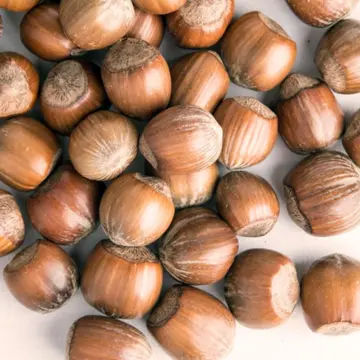
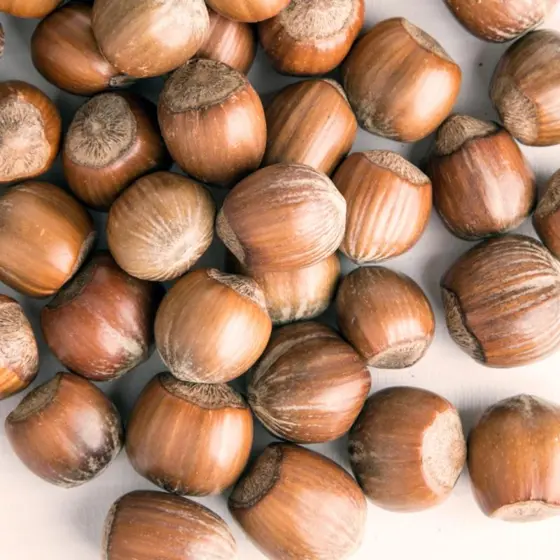
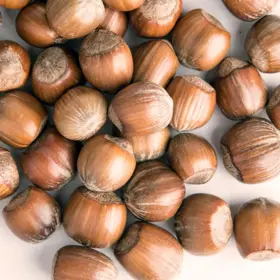
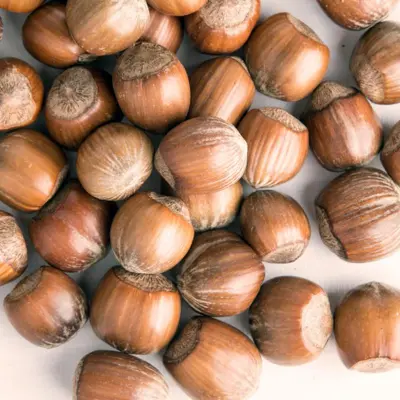
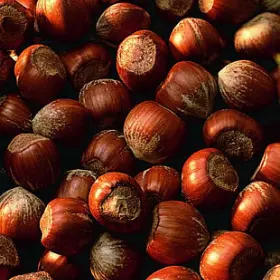



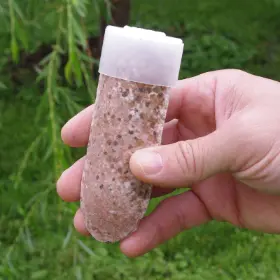
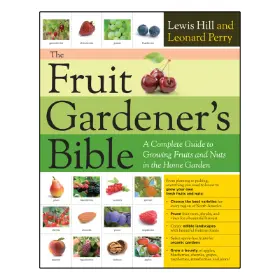
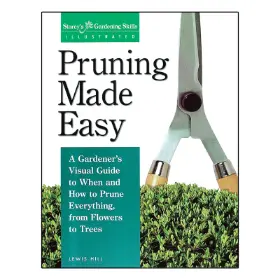
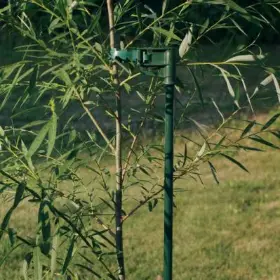
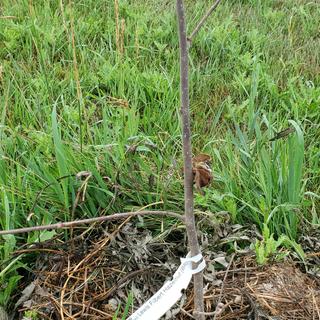
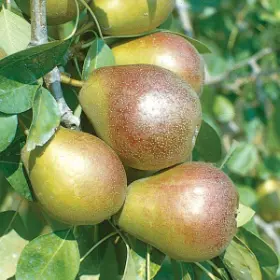
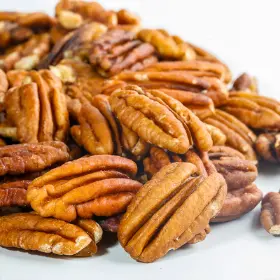


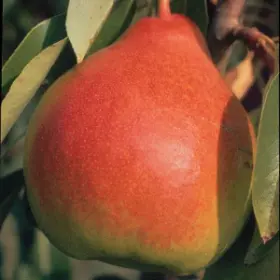
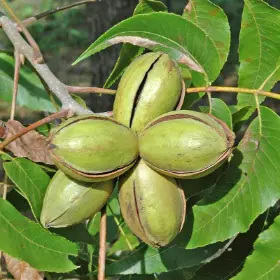
To pollinate my Barcelona filbert.
I know Stark Bros will send strong plants.
Try something new
Good price